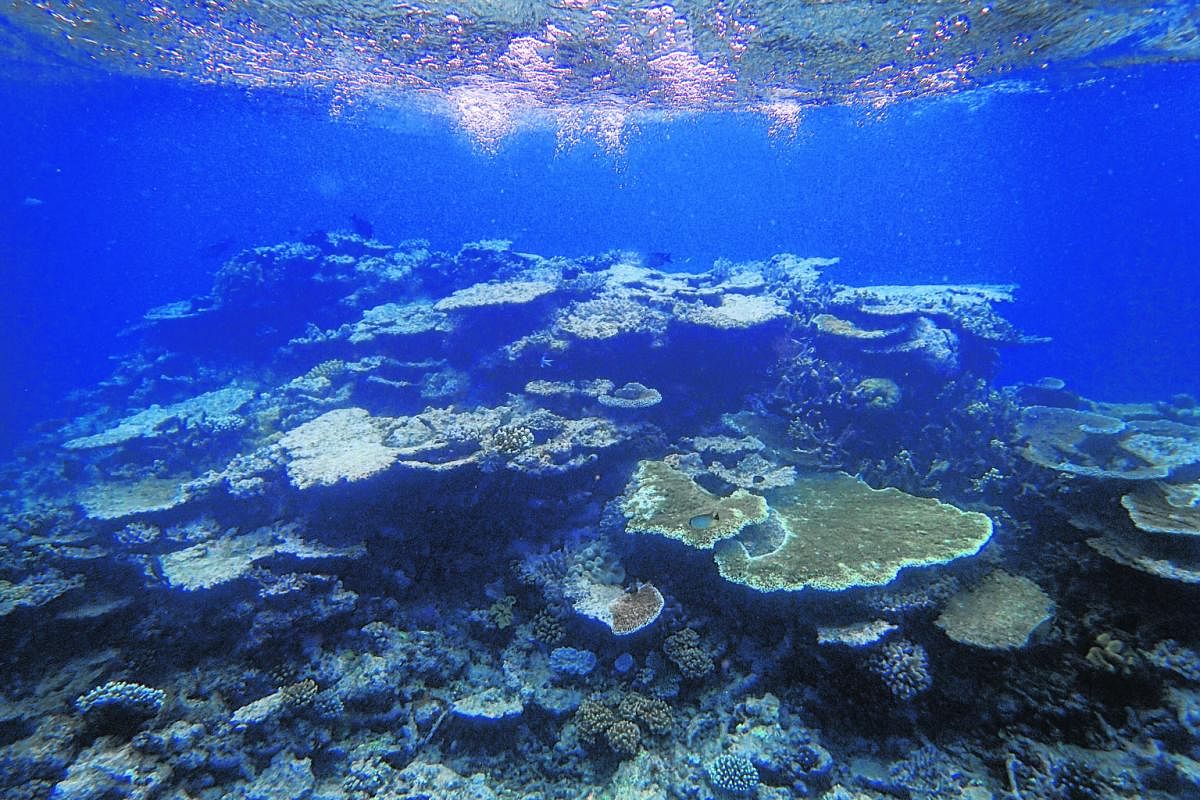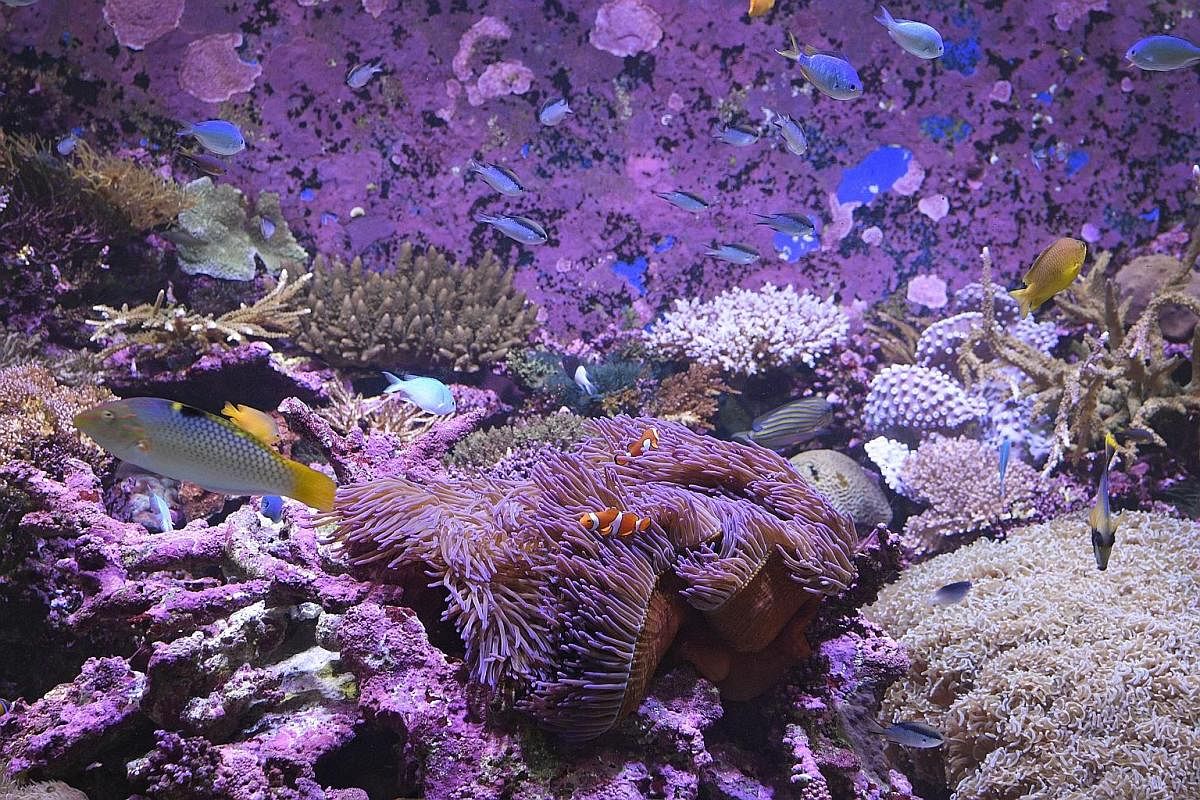Great Barrier Reef
Dicing with death: A reef in peril
They have survived for millions of years, but the highly adaptable coral reefs are now under pressure like never before - and Man is to blame. Rapid warming from climate change is the top threat and unless mankind drastically cuts fossil fuel emissions, the reefs of tomorrow will look very different. Is there hope yet for these rich ecosystems or has time run out? The Sunday Times visits Australia's Great Barrier Reef to find out.




They are the rainforests of the sea: vast, multi-layered underwater towers brimming with brightly coloured fish, turtles and many other species set in an azure sea.
Coral reefs are among the most diverse, complex and vital ecosystems on the planet. They occupy only about 0.2 per cent of the ocean floor, yet are home to a quarter of all marine life. Reefs, though, are far from just pretty tourist attractions. These giant structures act as barriers, breaking up powerful waves and protecting coastal towns and cities from storm surges and beach erosion.
Already a subscriber? Log in
Read the full story and more at $9.90/month
Get exclusive reports and insights with more than 500 subscriber-only articles every month
ST One Digital
$9.90/month
No contract
ST app access on 1 mobile device
Unlock these benefits
All subscriber-only content on ST app and straitstimes.com
Easy access any time via ST app on 1 mobile device
E-paper with 2-week archive so you won't miss out on content that matters to you
Join ST's Telegram channel and get the latest breaking news delivered to you.
A version of this article appeared in the print edition of The Sunday Times on October 21, 2018, with the headline Dicing with death: A reef in peril. Subscribe
